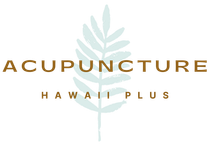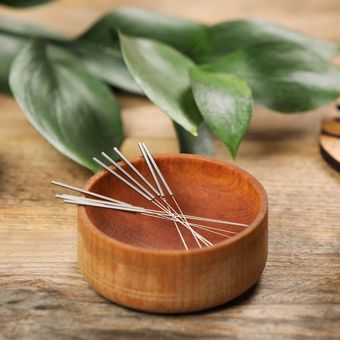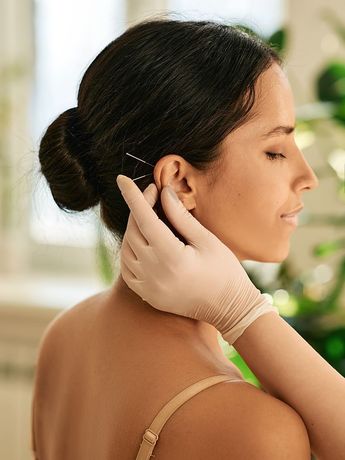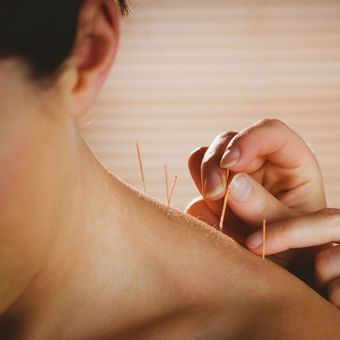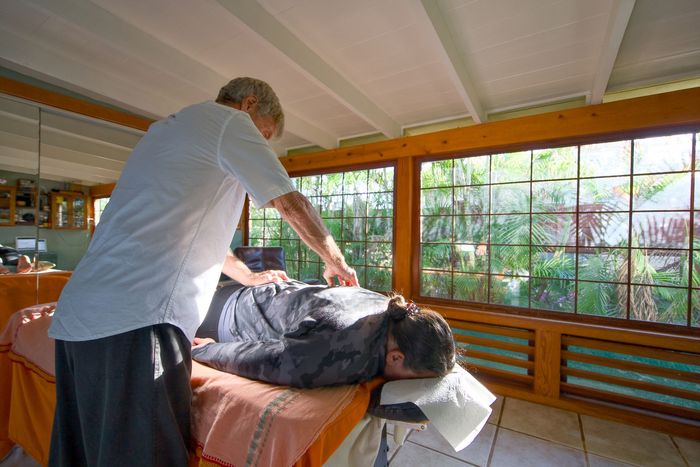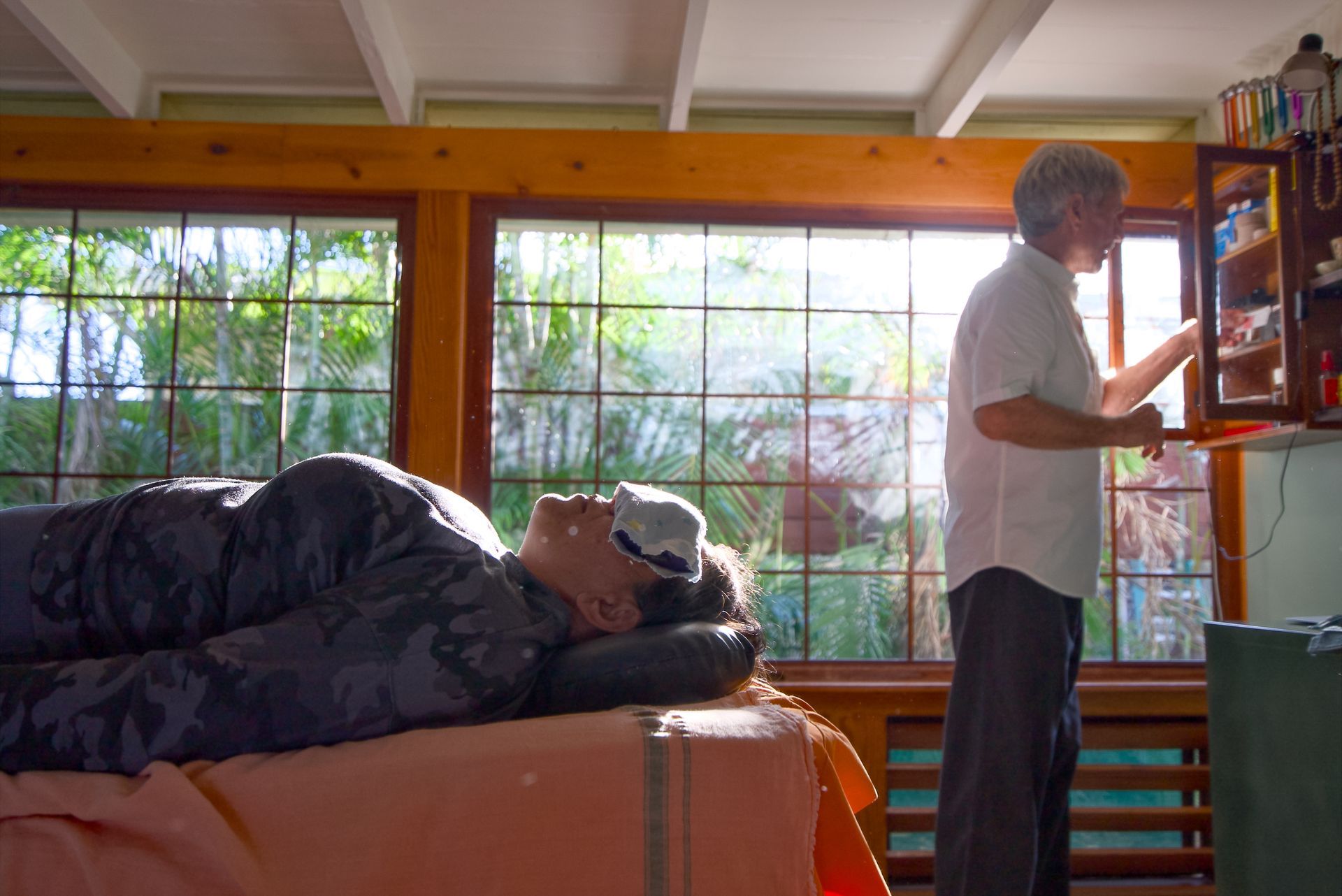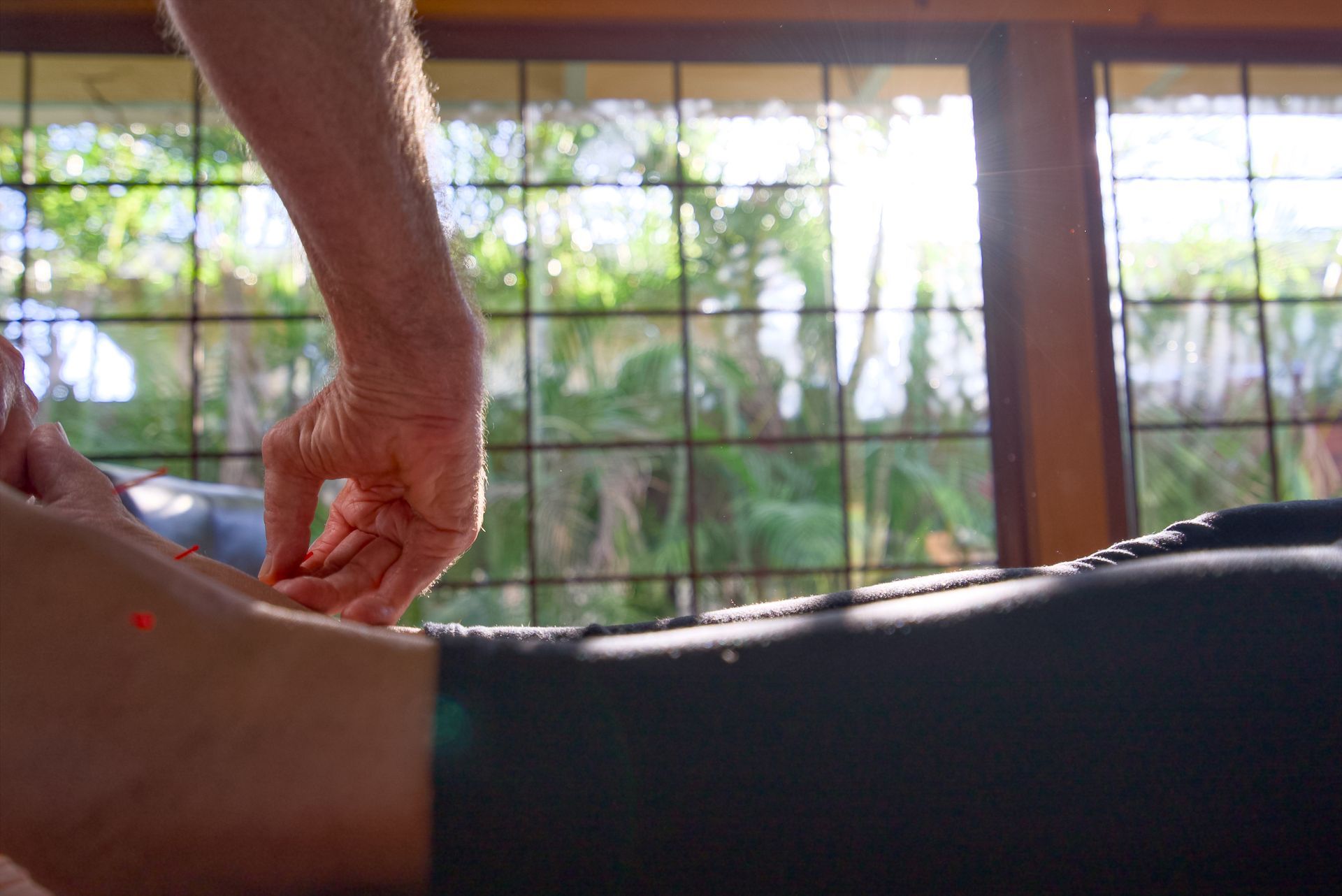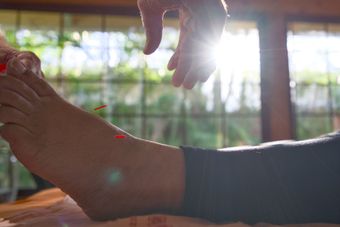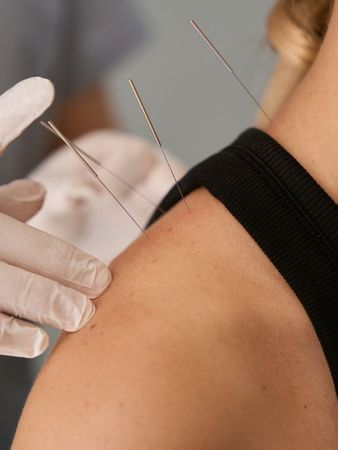Originating in China over 4,000 years ago, acupuncture stands as one of the oldest medical practices in human history. While it was introduced to America only in the 1970s, its popularity quickly soared. By the 1990s, the National Institutes of Health (NIH) praised acupuncture as a therapeutic approach for various conditions, emphasizing its minimal side effects compared to prescription medications or more invasive treatments. Acupuncture's introduction to North America became notable in 1971 when a New York Times reporter experienced Chinese medicine in China.
Since then, it has become a recognized form of alternative medicine. Studies, including one by the World Health Organization in 2003, have demonstrated acupuncture's effectiveness not only in treating pain but also various conditions like women's health issues, insomnia, and mental health concerns, including depression and anxiety.
Traditional Chinese medicine (TCM) encompasses acupuncture, herbal medicine, tui na (Chinese massage or bodywork), and exercises like qi gong and tai chi. With a history of over 2,000 years, it is a comprehensive medical system utilized for diagnosing, treating, and preventing illnesses. TCM is rooted in the theory of yin and yang, where balance between these opposing forces brings about relaxation and vitality. Imbalances, caused by physical, emotional, or lifestyle factors, can lead to ailments and discomfort.
The aim of Acupuncture is to restore this equilibrium and well-being in the most natural way possible by tapping into the body's own energy. By stimulating specific points with ultra-fine needles, Acupuncture facilitates the circulation of blood, fluids, and the body's inherent energy (qi) along meridians, or pathways.
